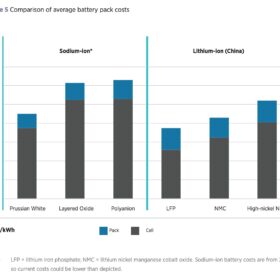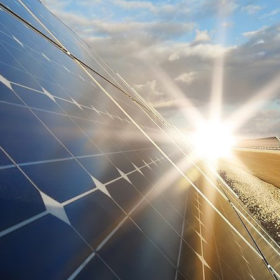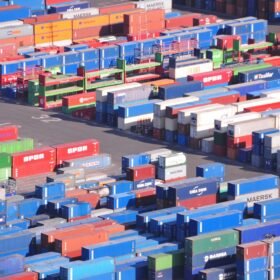Picture a country that doesn’t just produce energy but controls every step of how it’s made, from raw materials to the electricity that lights our homes. Every year on World Energy Day, we celebrate this journey, yet the real story of energy independence is far more exciting than targets and grids alone. It’s not just about capturing sunlight or generating megawatts; it’s about mastering the entire chain that turns raw materials into reliable, cost-efficient energy. From wafers and cells to modules, the factories where these components are made are where India’s true edge lies. In this light, backward integration acts as a GAME-CHANGER more than a strategy.
Consider solar energy. For decades, India relied heavily on imported wafers, cells, and modules, leaving the nation exposed to global supply disruptions, volatile prices, and geopolitical shocks. Fast forward to today, and a deliberate transformation is underway wherein our nation is building domestic capabilities across the entire solar value chain. High-purity silicon production, wafer fabrication, cell assembly, and module integration are increasingly happening at home. Solar module manufacturing capacity has leaped from 38 GW in FY 2023–24 to over 74 GW in FY 2024–25 – a surge powered not just by scale but smarter, more efficient processes. This is beyond a manufacturing plan like a shield that strengthens elasticity, reduces import dependency, and protects our country from global shocks.
Domestic control lets manufacturers optimise production, cut energy use, and achieve higher yields and all while keeping quality standards high. Over time, this translates into lower costs for end-users, making renewable energy more accessible for households and businesses. The proof is in the numbers that depicts India’s solar cell and module imports have fallen by 20% and 57% respectively in the first eight months of 2024–25, a clear sign of growing domestic strength. Local production also enables environmentally responsible practices at every stage, from sourcing raw materials to assembling finished modules, reinforcing India’s pledge towards becoming a country with a sustainable energy future.
The global picture demonstrates why backward integration is crucial. Countries reliant on imported minerals and components are rethinking energy strategies in solar, batteries, and green hydrogen. Securing upstream and midstream processes is no longer optional but essential for flexibility. India’s integrated approach across mining, processing, and manufacturing positions the country as a challenging player on the world stage. By building end-to-end capabilities, we are not just catching up, rather setting the benchmark for long-term competitiveness and global leadership.
Government initiatives have turbocharged this journey. Production-Linked Incentives (PLI) for solar manufacturing, alongside targeted investments in critical mineral processing and renewable infrastructure, are nurturing an enabling ecosystem. These measures support high-purity materials, cutting-edge components, and scalable manufacturing, establishing India as a hub for clean energy technologies. International collaborations further accelerate progress, enabling technology transfer, knowledge sharing, and seamless integration into global supply chains.
Backward integration is also a powerful engine for economic growth and jobs. A vibrant domestic manufacturing ecosystem creates high-skill employment, drives innovation, and sparks clean energy entrepreneurship. By building a strong, self-reliant value chain, India is not only meeting domestic energy needs but is also set to export technology, components, and expertise globally.
This World Energy Day, the message is absolutely clear – energy independence is more than the megawatts we generate. It is about building a robust, future-ready ecosystem from raw materials to finished modules. India added 44.2 GW of solar modules and 7.5 GW of cell manufacturing capacity in the first half of 2025, with 181.6 GW of modules and 86.1 GW of cell capacity under construction to come online by 2027. Beyond that, 97 GW of modules and 84.7 GW of cell capacity are planned for 2030.[1] As they say: “The future belongs to those who build it today and India is already igniting the path.”
The views and opinions expressed in this article are the author’s own, and do not necessarily reflect those held by pv magazine.
This content is protected by copyright and may not be reused. If you want to cooperate with us and would like to reuse some of our content, please contact: editors@pv-magazine.com.








By submitting this form you agree to pv magazine using your data for the purposes of publishing your comment.
Your personal data will only be disclosed or otherwise transmitted to third parties for the purposes of spam filtering or if this is necessary for technical maintenance of the website. Any other transfer to third parties will not take place unless this is justified on the basis of applicable data protection regulations or if pv magazine is legally obliged to do so.
You may revoke this consent at any time with effect for the future, in which case your personal data will be deleted immediately. Otherwise, your data will be deleted if pv magazine has processed your request or the purpose of data storage is fulfilled.
Further information on data privacy can be found in our Data Protection Policy.